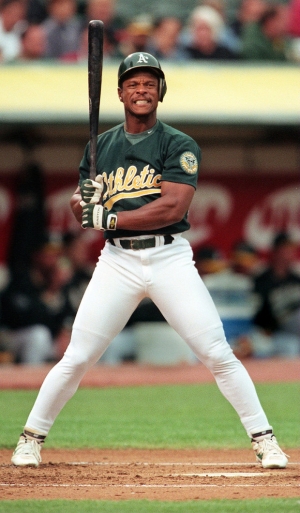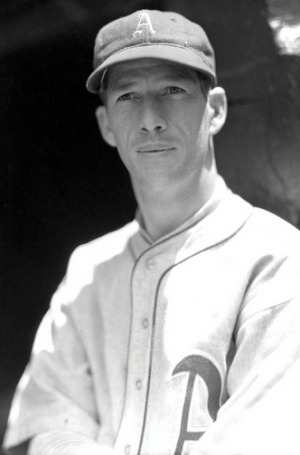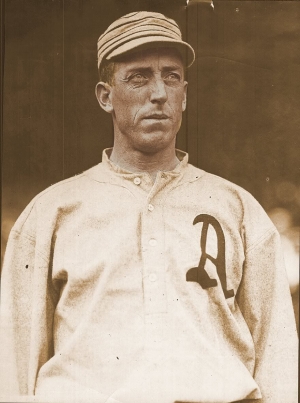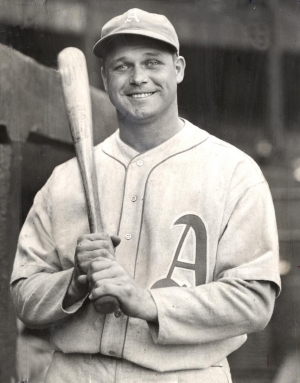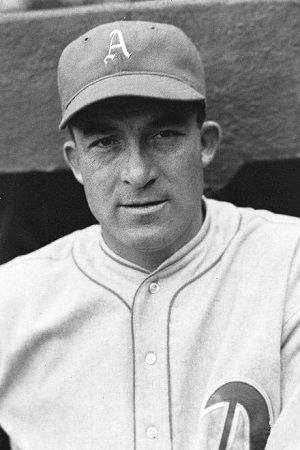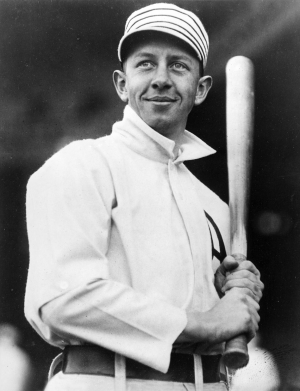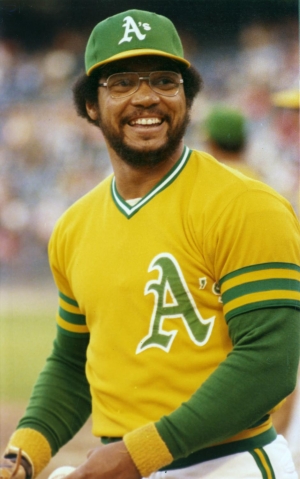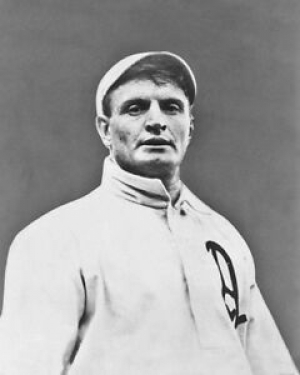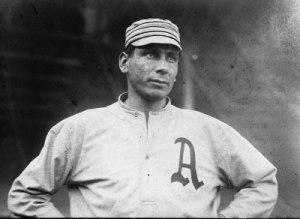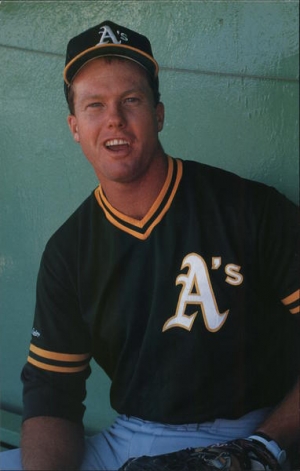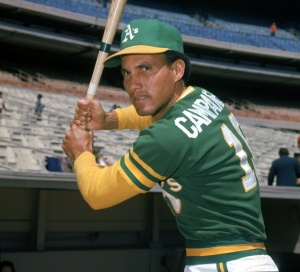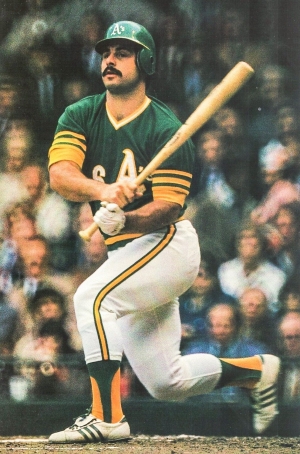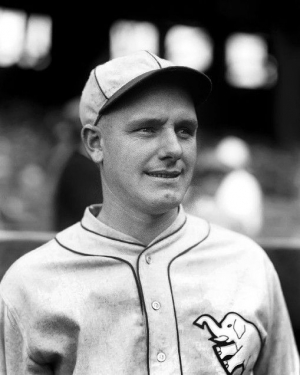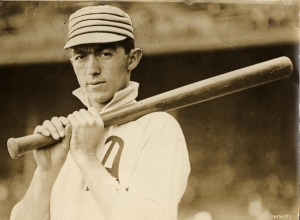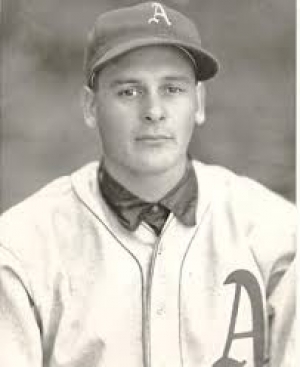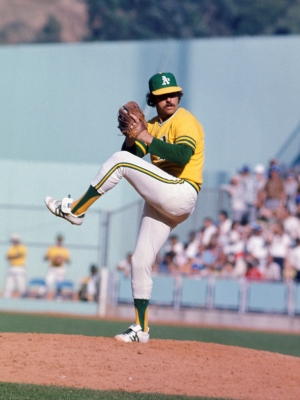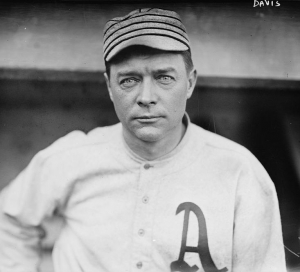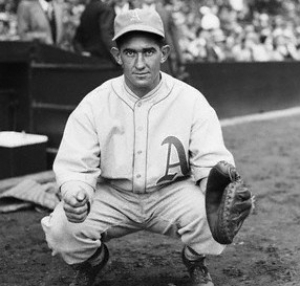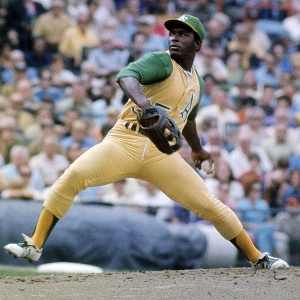Top 50 Oakland Athletics
The history of the Oakland Athletics began in Philadelphia in 1901, where they were a charter member of the American League. Under the tutelage of the legendary Connie Mack, the Athletics has two runs of glory. The first in the second decade of the 1900s where they won the 1910, 1911 and 1913 World Series Titles.
After years of futility, they reemerged in the late 1920s as an American League power. They would win the 1929 and 1930 World Series, but that would be the end of their run as a power in the American League. At least in Philadelphia anyway.
The A’s were bought and relocated to Kansas City in 1955, but they would be sold to Charlie Finlay in 1960. After little success in KC, Finlay moved the team to California, and the Oakland Athletics were born.
Oakland would become one of the most intriguing teams in baseball both on the field and off of it, and they built a team that would win three straight World Series Titles (1972-74). Free Agency rendered them a small market team, but they would eventually rebuild and won the World Series again in 1989. They would follow the road of sabermetrics, and while that has not generated a title, it revolutionized the game.
Now, the Athletics are in limbo, playing in Sacramento while awaiting for their eventual move to Las Vegas.
This list is up to the end of the 2024 season.
Note: Baseball lists are based on an amalgamation of tenure, traditional statistics, advanced statistics, playoff statistics, and post-season accolades.
ARIZONA DIAMONDBACKS - TICKET + HOTEL DEALS
Mar 24, 2025
Buy your Tickets to see Arizona Diamondbacks - Ticket + Hotel Deals HERE!
2025 TORONTO BLUE JAYS - TD EXECUTIVE SUITES
Jan 01, 1970
Buy your Tickets to see 2025 Toronto Blue Jays - TD Executive Suites HERE!
2025 TORONTO BLUE JAYS FLEX PACKS
Jan 01, 1970
Buy your Tickets to see 2025 Toronto Blue Jays Flex Packs HERE!
2025 SEATTLE MARINERS FLEX MEMBERSHIPS
Jan 01, 1970
Buy your Tickets to see 2025 Seattle Mariners Flex Memberships HERE!


